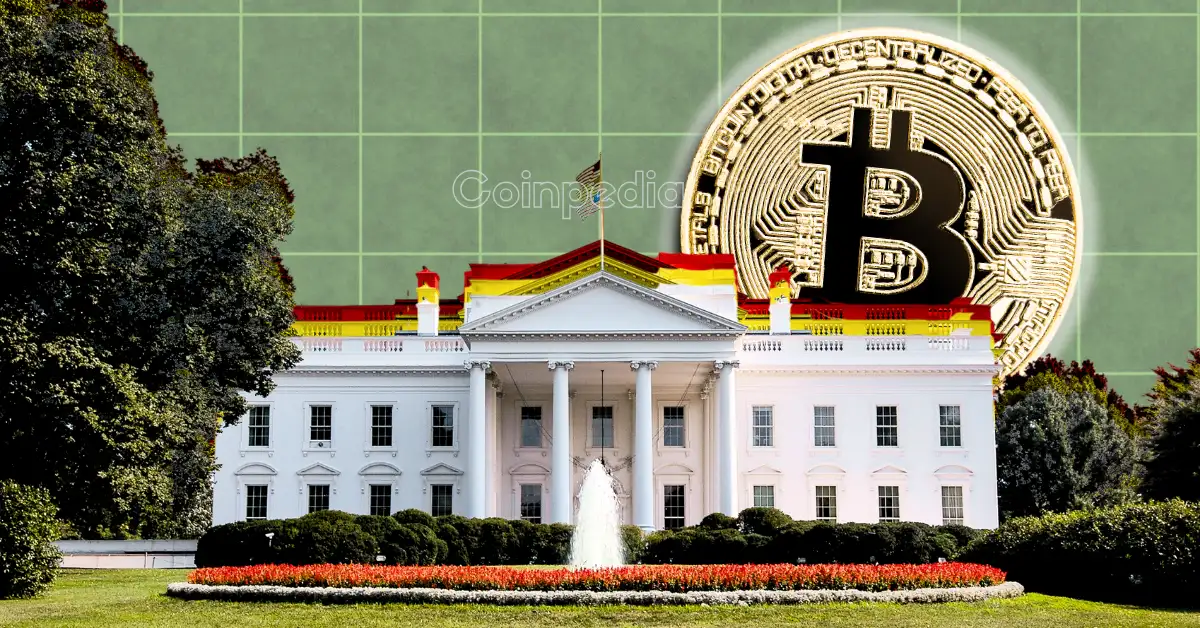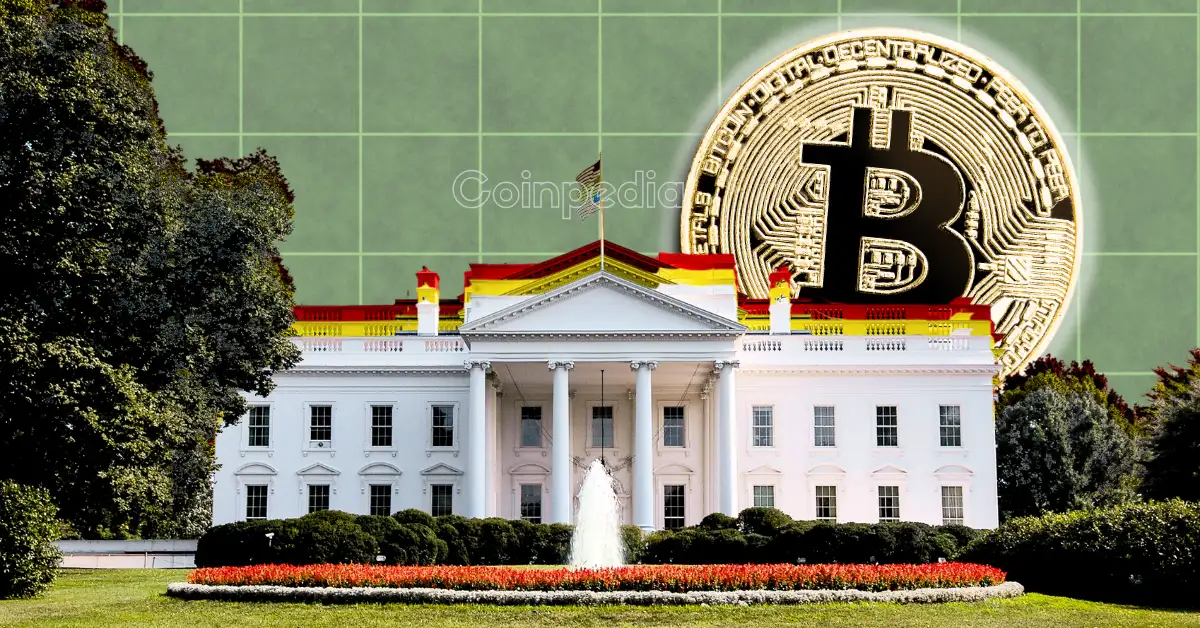Decoding the White House Crypto Policy Report: A New Era for Digital Assets?
The Anticipation and Significance
The digital asset landscape in the United States stands at a critical juncture, with the White House poised to release its first comprehensive crypto policy report. This document, the result of a 180-day review initiated by a presidential executive order, is expected to be a landmark that could reshape the future of cryptocurrencies and blockchain technology. The crypto community is abuzz with anticipation, eager for clarity on the government’s stance towards digital assets, which have long operated in a regulatory gray area.
The report’s significance extends beyond providing regulatory clarity. It will also define the U.S.’s position in the global digital economy. A well-crafted policy could foster innovation, attract investment, and solidify the U.S.’s leadership in this rapidly evolving sector. Conversely, a restrictive or unclear approach could stifle growth and push innovation offshore. The stakes are high, and the implications are far-reaching.
Key Areas of Focus: What to Expect
While the full details of the report remain undisclosed, several key themes have emerged based on available information and industry speculation. These areas are likely to be central to the White House’s proposed policy framework:
Regulatory Clarity: Defining the Rules of the Game
One of the most pressing needs within the crypto industry is regulatory clarity. The current landscape is a patchwork of federal and state regulations, leading to confusion and compliance challenges for businesses. The White House report is expected to address this issue by clarifying the roles and responsibilities of various regulatory agencies, particularly the Securities and Exchange Commission (SEC) and the Commodity Futures Trading Commission (CFTC).
A potential outcome could be a bifurcated regulatory framework, with the SEC overseeing digital assets deemed securities and the CFTC regulating those classified as commodities. This would provide a clearer path for businesses to navigate the regulatory landscape and ensure compliance. Furthermore, the report may address the classification of different types of digital tokens, providing guidance on which tokens are subject to securities laws and which are not.
Stablecoins: Addressing Risks and Opportunities
Stablecoins, cryptocurrencies pegged to a stable asset like the U.S. dollar, have gained significant traction as a means of facilitating digital payments and remittances. However, their rapid growth has also raised concerns about their potential impact on financial stability and consumer protection.
The White House report is expected to propose a licensing framework for stablecoin issuers, requiring them to meet certain capital requirements, maintain adequate reserves, and adhere to anti-money laundering (AML) and know-your-customer (KYC) regulations. This would help to mitigate the risks associated with stablecoins while allowing them to continue playing a role in the digital economy.
Strategic Bitcoin Reserve: A Bold Move?
Perhaps the most intriguing aspect of the White House report is the rumored proposal to establish a strategic Bitcoin reserve. According to leaked details, the U.S. government may be considering accumulating a stockpile of Bitcoin, potentially using seized assets from criminal activities.
The rationale behind this move is multifaceted. First, it could serve as a hedge against potential disruptions to the traditional financial system. Second, it could position the U.S. as a leader in the digital asset space and demonstrate its commitment to innovation. Third, it could provide the government with a strategic asset that could be used for various purposes, such as funding research and development or supporting humanitarian efforts.
However, the idea of a strategic Bitcoin reserve is not without its critics. Some argue that it would be too risky, given the volatility of Bitcoin. Others worry that it could be seen as an endorsement of Bitcoin, which could potentially undermine the U.S. dollar.
Central Bank Digital Currency (CBDC): The Future of Money?
The White House report is also expected to address the possibility of developing a U.S. CBDC. A CBDC would be a digital form of the U.S. dollar, issued and backed by the Federal Reserve. It could offer several potential benefits, including faster and cheaper payments, increased financial inclusion, and improved monetary policy implementation.
However, the development of a CBDC also raises significant challenges, including privacy concerns, cybersecurity risks, and the potential for disintermediation of the banking system. The White House report is likely to outline a framework for exploring these issues and determining whether a CBDC is in the best interest of the U.S.
National Security: Protecting Critical Infrastructure
The increasing use of cryptocurrencies and blockchain technology also presents new challenges for national security. Digital assets can be used to facilitate illicit activities, such as money laundering, terrorist financing, and ransomware attacks.
The White House report is expected to address these concerns by proposing measures to strengthen AML and KYC regulations, improve law enforcement capabilities, and enhance cybersecurity protections for critical infrastructure. This could include working with international partners to combat cross-border illicit activity and developing new technologies to track and trace cryptocurrency transactions.
The GENIUS Act and Streamlined Oversight
The report also teases the introduction of the GENIUS Act, which aims to streamline agency oversight. This suggests a move towards a more coordinated and efficient regulatory approach, potentially reducing the burden on crypto firms and fostering innovation.
Potential Impact: A Fork in the Road
The White House crypto policy report has the potential to significantly impact the future of the digital asset industry in the U.S. A clear and well-defined policy framework could foster innovation, attract investment, and solidify the U.S.’s leadership in this rapidly evolving sector.
Conversely, a restrictive or unclear approach could stifle growth and push innovation offshore. It is crucial that the report strikes a balance between protecting consumers and investors and promoting innovation and economic growth.
The inclusion of XRP in the rumored national crypto stockpile, alongside Bitcoin and Ethereum, also carries significant weight. This could signal a broader acceptance of various cryptocurrencies and their potential roles in the future financial landscape.
Conclusion: Awaiting the Dawn of a New Era
As the crypto community eagerly awaits the release of the White House report, the stakes are undeniably high. The decisions made in the coming days will shape the future of digital assets in the U.S. for years to come. Whether the report ushers in an era of innovation and growth or one of restriction and uncertainty remains to be seen. The world is watching, waiting to see if the U.S. will embrace the transformative potential of cryptocurrencies or fall behind in the digital revolution. Only time will tell if the report will be a catalyst for progress or a roadblock to innovation. The next chapter of the crypto story is about to be written, and the White House holds the pen.












